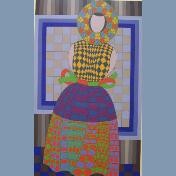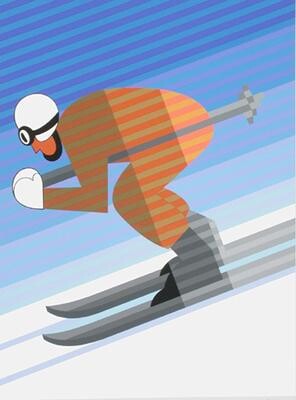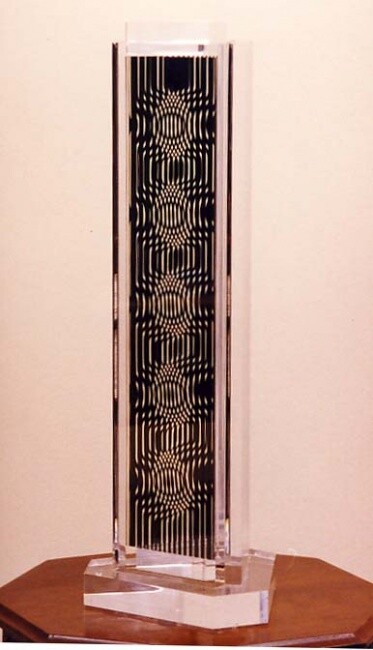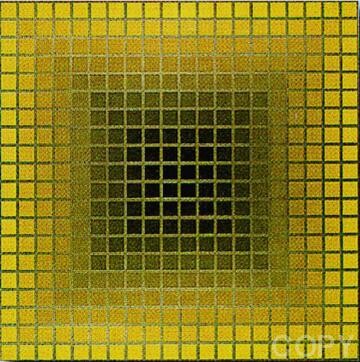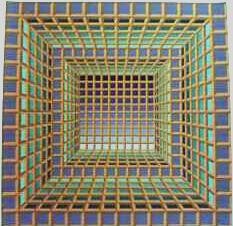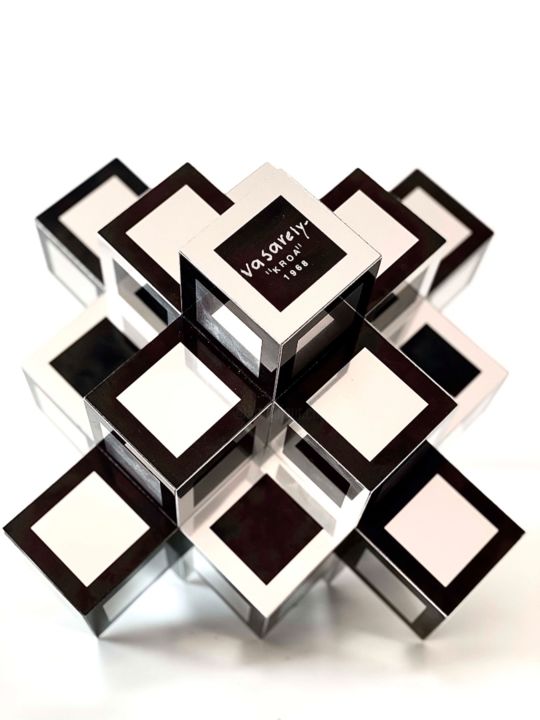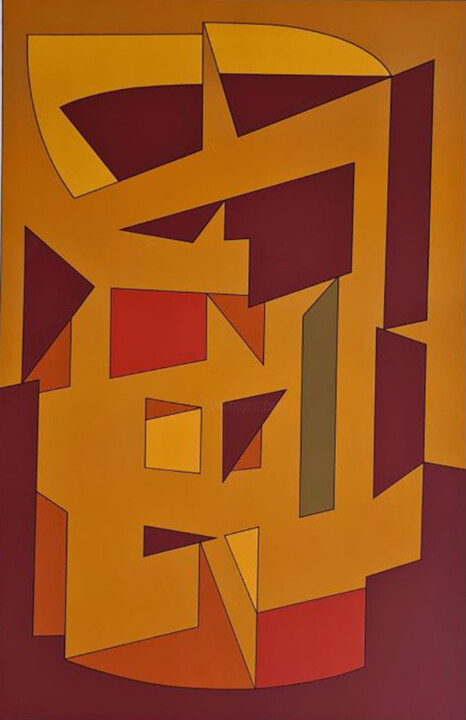Victor Vasarely artist
Victor Vasarely, originally named Győző Vásárhelyi, was a Hungarian visual artist born on April 9, 1906, in Pécs, Austria-Hungary. He later became a French citizen in 1961. Regarded as the father of optical art, he passed away on March 15, 1997, in the 16th arrondissement of Paris, France.
Initially, Vasarely pursued a medical education but discontinued it after two years. He then became fascinated by the Bauhaus movement and studied at Sándor Bortnyik's studio in Budapest from 1929 to 1930.
In 1930, he relocated to Arcueil with his wife Claire Spinner (1908-1990), first temporarily residing in the Plas studio and later at 1, avenue Jeanne-d'Arc. Vasarely began his career as a graphic artist, working in advertising agencies like Havas, Draeger, and Devambez. It was during this time that he created his groundbreaking work, Zebra (1937), which is now recognized as the first piece in the op art genre.
In 1934, Vasarely and Claire welcomed their son Jean-Pierre (d. 2002), who also became a visual artist known as Yvaral and collaborated with his father.
During the war, Vasarely met Denise René in Paris, who eventually opened her own gallery and dedicated her first exhibition to him in 1944.
In 1948, the couple fell in love with Gordes (Vaucluse), where they established the Vasarely Museum in 1970. The museum was supported by a foundation founded by Vasarely and his wife in 1971 but faced management difficulties, leading to its closure in 1996.
Throughout the following two decades, Vasarely developed his unique style of geometric abstract art, experimenting with various materials while employing a minimalist approach to shapes and colors.
Among the limited number of religious works by Vasarely are representations of Christ and Saint Peter. These artworks were owned by the town of Charenton-le-Pont and were displayed in the crypt of Evry Cathedral until December 2018. In addition to these pieces, Vasarely also designed twenty-five stained glass windows for the ecumenical church of Saint-François d'Assise in Port-Grimaud, Var.
Vasarely also engaged in collaborations with various companies. In 1972, he and his son worked together to transform the Renault logo. This partnership led to the creation of a series of artworks installed along French freeways. Vasarely believed that freeways represented a harmonious blend of natural and artificial landscapes. He benefited from Renault's paint laboratories' technical expertise, which recommended using enamelled sheet metal to ensure durability against the elements.
During the same year, Vasarely designed the metal strip-clad façade for RTL's Paris studios, located at 22, rue Bayard in the 8th arrondissement. This particular work, now listed as a Monument Historique, was dismantled when the radio station relocated on October 23, 2017. It was subsequently donated to the Vasarely Foundation, which is based in Aix-en-Provence.
In the 1970s, Vasarely also created the facade of the Claude-Nicolas-Ledoux secondary school in Dole, solidifying his status as a prominent artist of the 1960s and 1970s. On March 15, 1997, at the age of 90, the artist passed away in Paris, France, leaving behind a rich artistic legacy. Vasarely's works have been widely exhibited worldwide, and he has also engaged in numerous architectural projects, integrating his artistic vision into public buildings and urban spaces.
Today, Vasarely's artworks find homes in esteemed collections such as the Albright-Knox Art Gallery in Buffalo, the Art Institute of Chicago, the Tate Gallery in London, and the Peggy Guggenheim Collection in Venice. In 2019, the Center Georges Pompidou in Paris hosted a temporary exhibition titled "Le Partage des Formes," showcasing Vasarely's oeuvre.
The significance of Vasarely's legacy is profound, as he paved the way for countless contemporary artists. His enduring influence on optical and kinetic art is undeniable, while his vision of creating accessible and universal art continues to inspire and resonate with creators across the globe.
Why invest in Victor Vasarely:
1. Pioneer of Op Art: Vasarely is recognized as the influential grandfather and leader of the Op Art movement. By investing in his works, collectors align themselves with a pivotal figure in the art world who revolutionized the use of geometric shapes and optical illusions to create captivating artworks.
2. Cultural Significance: Vasarely's artistic contributions have had a profound impact on the art world. Investing in his works means preserving and celebrating the legacy of an artist who pushed boundaries and challenged traditional artistic conventions. His influence on optical and kinetic art continues to inspire and shape contemporary artists.
3. Technical Mastery: Vasarely's meticulous execution and innovative techniques demonstrate his technical mastery as an artist. His precise use of lines, geometric forms, and colors create mesmerizing visual effects that engage viewers and challenge their perception. Investing in Vasarely's works allows collectors to appreciate his exceptional craftsmanship.
4. Artistic Evolution: Vasarely's artistic journey showcases his versatility and exploration of different styles. From surrealism and abstract expressionism to his iconic checkerboard paintings, Vasarely's evolution as an artist demonstrates his willingness to experiment and push artistic boundaries. Collecting his works provides insight into the diverse phases of his career.
5. International Recognition: Vasarely's works have garnered international acclaim and can be found in prestigious art collections around the world, including the Albright-Knox Art Gallery, the Art Institute of Chicago, the Tate Gallery, and the Peggy Guggenheim Collection. Investing in his works allows collectors to join a global community of art enthusiasts and institutions that value his contributions.
6. Architectural Integrations: Vasarely's artistic vision extended beyond traditional art forms. He engaged in architectural projects, integrating his distinctive style into public buildings and urban spaces. Investing in his works means appreciating his multidisciplinary approach and the lasting impact his art has on the built environment.
7. Investment Potential: As Vasarely's influence and recognition continue to grow, there is potential for appreciation in the value of his artworks. The combination of his historical significance, technical expertise, and international acclaim positions his works as desirable investments in the art market.
Investing in the works of Victor Vasarely not only allows collectors to own visually captivating and intellectually stimulating artworks but also contributes to the preservation and appreciation of a significant artist's legacy. His groundbreaking contributions to Op Art, technical mastery, and cultural influence make his works an appealing choice for collectors and art enthusiasts looking for art with both aesthetic and historical value.
Kallion (1989)
Victor Vasarely, acclaimed as the influential patriarch and trailblazer of the Op Art movement, utilized the language of geometric shapes and vibrant graphics to construct mesmerizing illusions that transcend spatial boundaries. His artistic vision drew inspiration from diverse sources, including the foundational principles of Bauhaus design, the abstract musings of Wassily Kandinsky, and the innovative spirit of constructivism. Vasarely was also deeply influenced by the scientific and technological progress of his time, particularly in the field of optics. Leveraging the power of optical illusions, perspective effects, and the interplay of light, he ingeniously crafted artworks that evoked a profound sense of movement and dimension.
Driven by an insatiable curiosity and a desire to democratize art, Vasarely embarked on a quest to create a universal art form that transcended cultural barriers and bypassed the need for specialized artistic training. His commitment to this vision shaped his entire artistic career, infusing his works with a distinct aesthetic that distinguished him as a true master of his craft.
One prominent exemplar of Vasarely's artistic philosophy can be found in "Kallion." This artwork is characterized by the meticulous use of precise geometric shapes and an exuberant palette of bright colors. Within "Kallion," Vasarely ingeniously constructs a complex motif that interweaves straight lines, graceful curves, and recurring patterns, creating a dynamic and captivating composition. The overlapping elements harmoniously converge, resembling the features of a fragmented mask, evoking a sense of enigmatic allure and intrigue.
The execution technique employed in "Kallion" is screen printing, a meticulous process involving the passage of ink through a finely meshed screen onto a substrate. Vasarely frequently embraced this technique to bring his artistic visions to life. Screen printing allowed him to faithfully reproduce his intricate geometric patterns with precision, while also offering the flexibility to experiment with a myriad of colors and textures. Through this technique, Vasarely achieved a level of accuracy and consistency that perfectly complemented his artistic intentions.
"Kallion" epitomizes Vasarely's distinctive aesthetic, where he expertly toys with optical effects to create an illusion of motion and depth through his geometric arrangements. The deliberate juxtaposition of lines, curves, and recurring motifs instills a rhythmic energy into the composition, engaging viewers and inciting contemplation. The artwork beckons the observer to explore the layers of its intricate design, where perception and reality intertwine in a captivating dance.
By venturing into the realm of "Kallion," one bears witness to Vasarely's technical prowess and unwavering commitment to pushing the boundaries of optical art. This masterpiece stands as a testament to his artistic legacy, encapsulating his ability to enchant and mesmerize audiences through the calculated orchestration of shapes, colors, and optical illusions. Through "Kallion," Vasarely leaves an indelible mark, reminding us of the enduring power of art to transcend conventional boundaries and ignite our imagination.
Why invest in Kallion:
1. Influential Op Art Movement: Vasarely is widely recognized as the influential patriarch and trailblazer of the Op Art movement. Investing in "Kallion" allows you to own a significant piece that embodies the spirit and vision of this groundbreaking artistic movement.
2. Visionary Artist: Vasarely's artistic vision was shaped by various sources, including Bauhaus design principles, Wassily Kandinsky's abstract musings, and the innovative spirit of constructivism. By investing in "Kallion," you become part of Vasarely's legacy and support the work of a true master of his craft.
3. Illusions of Movement and Dimension: "Kallion" showcases Vasarely's expertise in leveraging optical illusions, perspective effects, and the interplay of light to create a profound sense of movement and dimension. Owning this artwork allows you to immerse yourself in a mesmerizing visual experience that transcends traditional boundaries.
4. Distinct Aesthetic: The meticulous use of precise geometric shapes and vibrant colors in "Kallion" represents Vasarely's distinct aesthetic. By investing in this artwork, you acquire a piece that exemplifies Vasarely's signature style, a harmonious fusion of geometry, color, and optical effects.
5. Technical Mastery: "Kallion" demonstrates Vasarely's technical prowess through the execution technique of screen printing. This meticulous process allows for the accurate reproduction of intricate geometric patterns, ensuring that every detail of the artwork is faithfully preserved. By investing in "Kallion," you acquire a piece that reflects Vasarely's exceptional technical skill.
6. Captivating and Thought-Provoking Composition: The complex motif in "Kallion," composed of overlapping straight lines, graceful curves, and recurring patterns, creates a dynamic and captivating composition. The deliberate juxtaposition of these elements instills a rhythmic energy, inviting viewers to contemplate the layers of the artwork and explore the interplay between perception and reality.
7. Vasarely's Artistic Legacy: By investing in "Kallion," you contribute to preserving and promoting Vasarely's artistic legacy. As one of his significant artworks, "Kallion" represents Vasarely's enduring impact on the art world and serves as a testament to his ability to enchant and mesmerize audiences.
8. Transcending Boundaries: Vasarely's commitment to creating a universal art form accessible to people from diverse cultural backgrounds and devoid of specialized artistic training is evident in "Kallion." Investing in this artwork allows you to support Vasarely's vision of transcending conventional boundaries and igniting imagination through art.
By investing in "Kallion," you not only acquire a remarkable artwork that embodies Vasarely's artistic brilliance but also become part of a rich artistic legacy that continues to inspire and captivate audiences.

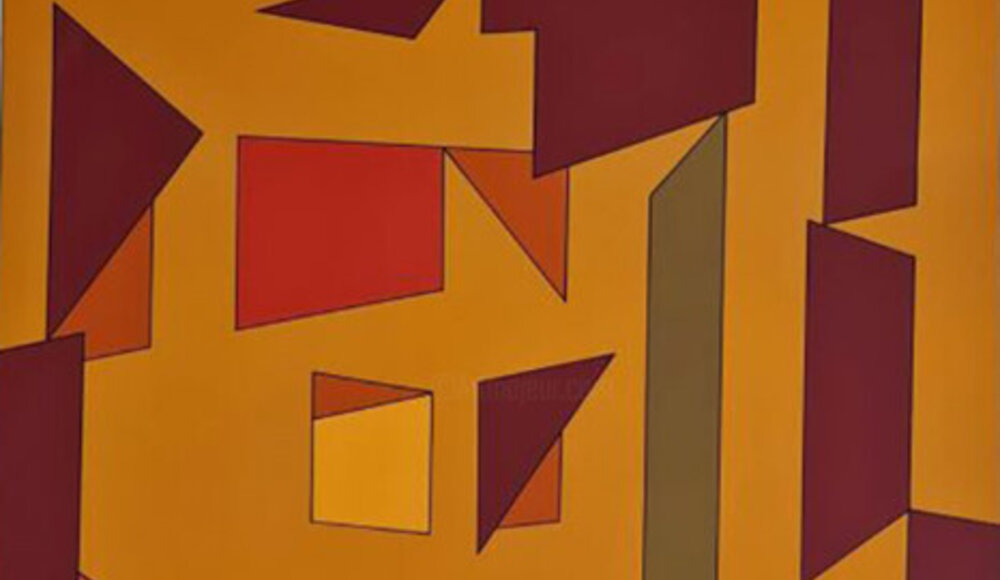
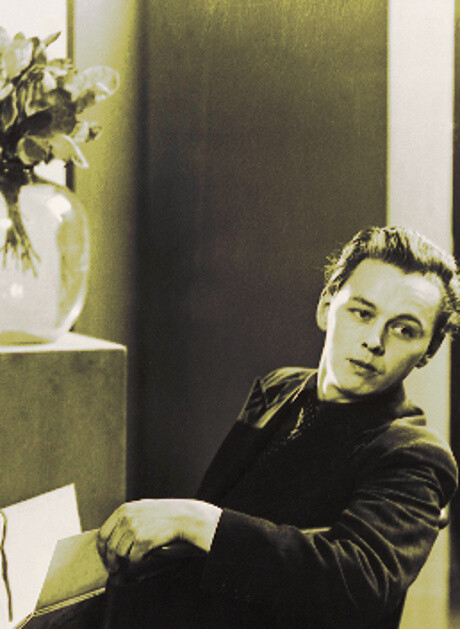

 Olimpia Gaia Martinelli
Olimpia Gaia Martinelli

